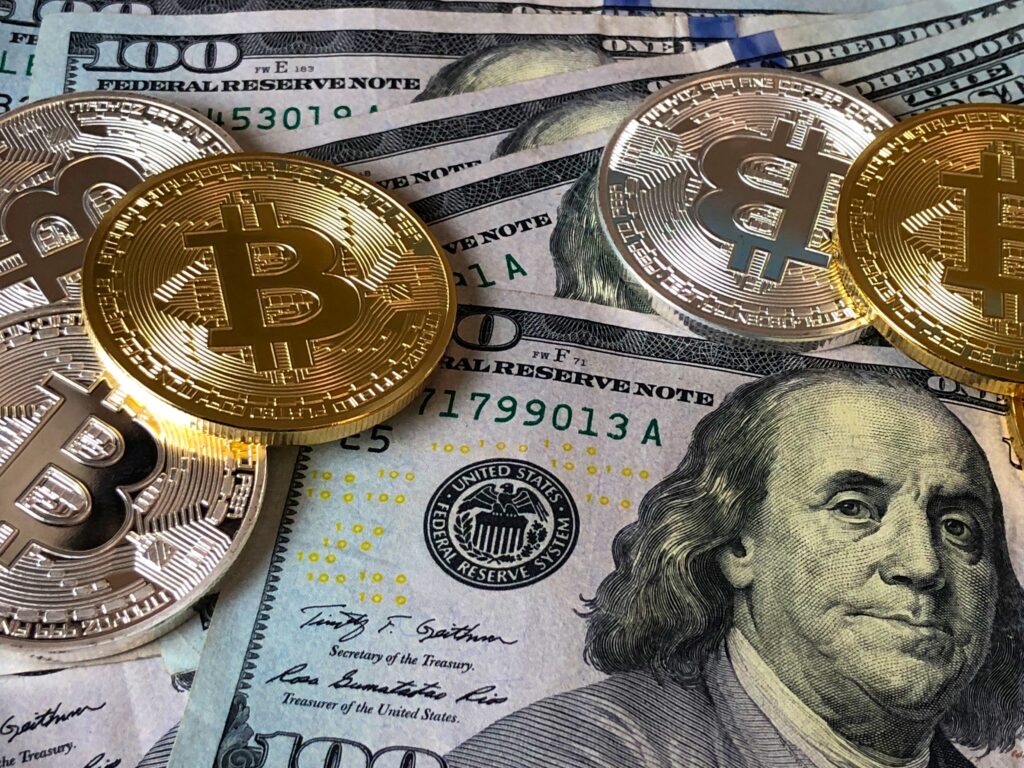A company’s dividends per share may be increased for a variety of reasons. Because a dividend is a portion of a company’s income that is paid to shareholders, news of a dividend rise is often regarded as a positive event because it indicates that the company is optimistic about its future.

A dividend rise, on the other hand, can indicate that the company has exhausted its growth options and has decided to give part of its extra cash flow to shareholders rather than invest it.
Reasons for Increases in a Company’s Dividend per share payout
Increases in a company’s dividend per share payout might be attributed to one of two factors-
- The first is simply an increase in net income from which dividends are paid. If the company is doing well and cash flows are rising, there is greater room to pay higher dividends to shareholders. A dividend increase is a favorable indicator of firm performance in this context.
- The second reason a business’s dividend may be increased is due to a change in its growth strategy, which causes the company to spend less of its cash flow and earnings on growth and expansion, leaving a bigger portion of profits available to be distributed to equity investors in the form of dividends.
A corporation may elect to reinvest a lesser part of its revenues in development and expansion projects for a variety of reasons. The amount to which a corporation can grow may be limited, at least momentarily, depending on its size, production capability, and other comparable considerations.
If the company expands its market too quickly, it may be concerned about its capacity to raise output sufficiently to meet rising demand.
Unfavorable financing rates may also prompt the corporation to delay substantial capital investments. Before committing additional cash to expansion, a quickly developing company may want to consolidate its gains and reassess its market position. There is also the possibility that a firm will opt to enhance its dividend payout in order to attract additional equity investment by providing more appealing dividend yields to investors.
Dividend Yield vs. Dividend Payout
The dividend yield and the dividend payout ratio are the two primary dividend-related equity valuation metrics that are used to analyze the overall investment potential of a company as well as the specific income investing possibilities of individual companies.
While dividend yield is probably a figure that is looked at more frequently by regular investors, dividend payout ratio is a metric that is favored by some knowledgeable investors.
The dividend payout ratio provides information regarding the proportion of a company’s profits that are distributed to shareholders in the form of dividends. On the other hand, dividend yield is calculated by dividing the annual dividend per share by the current share price. This results in a dividend yield percentage.
A dividend payment ratio that remains steady over time is viewed as a positive sign for investors since it implies that the firm in question is financially secure and has earnings that are sufficient to support a continuation of strong dividend yields for investors. The payout ratio is the metric that analysts focus on more than the dividend yield because the current yield of a firm is susceptible to the vagaries of the market and may not be a figure that can be maintained over the long run.
When a firm raises the amount of dividends it pays out, it is indicating to investors and market analysts that the company will be able to sustain its current level of growth and profitability into the foreseeable future.
Dividend increases are a method of distributing earnings to shareholders, and they have the potential to attract new investors who want their portfolios to provide income in addition to capital gains. When deciding whether or not to purchase a dividend stock, investors should prioritize the stock’s dividend yield over the payout ratio, which is determined by the company’s earnings. The dividend yield is determined by the price of the stock, while the payout ratio is determined by the company’s earnings.
Summery
- Shareholders are entitled to a portion of a company’s profits in the form of dividends.
- It is generally considered to be a positive indicator of the performance of a firm when an increase in the dividend is the consequence of improved cash flows.
- The strategy of the corporation has shifted away from investing in growth and expansion, which is another reason for the increase in the dividend.
- A corporation may also choose to increase its dividend in order to entice further equity investments from investors by providing investors with more attractive dividend yields.
- Positive connotations are often attached to a dividend payout ratio that remains steady over time.